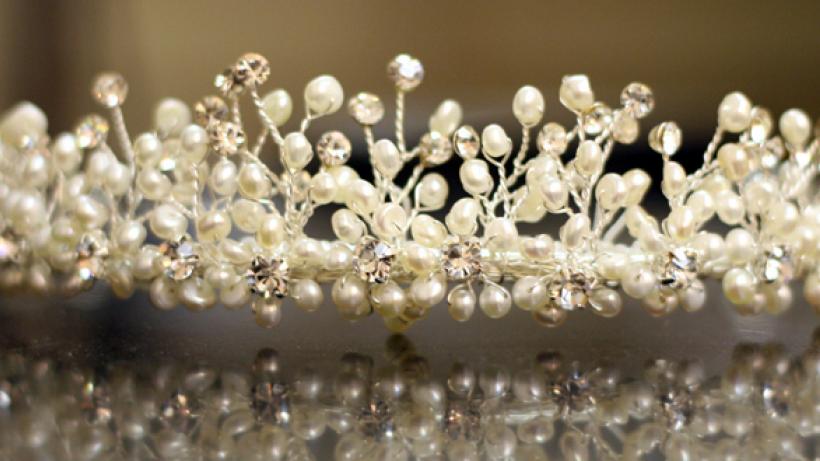
What's sexier than gemstone taxation policies?
The natural world can be harnessed to transform poor societies. A recent controversy over the return of a beauty contest winners’ crystal tiara has highlighted a bigger scandal in Myanmar over real gemstones being exported without adequate tax payments
A month ago, beauty queen Ma May Myat Noe made international headlines for “absconding” with a crown of Swarovski crystals, leaving a pageant in Korea for her home in Myanmar. The Korean pageant organisers are pushing for the return of the crown, valued from US$100,000 to $200,000, though Ma May Myat Noe has been holding out.
But Myanmar has much more at stake in the form of its own real gemstones: the jade, rubies, sapphires and more produced every day from mines of ancient fame. Gem production and sale is regulated by the 1995 Myanmar Gemstone Law, which is now up for revision. The amounts produced, exported and taxed aren’t clearly known, as gems and jade are some of the least transparent industries in the country – but it is safe to say that they add up to thousands and thousands of those crystal glass crowns.
Transforming resources to revenue
Some of the challenges Myanmar faces over gems are the same as those for other precious minerals: how to transform a valuable asset in the ground into tax revenue and how to transform that revenue into investment in the schools, healthcare, infrastructure, etc. that will drive inclusive growth and benefit ordinary people.
However, gemstones bring their own tricky challenges for taxation – technical issues that can hinder the effective collection of revenue. One problem is how to assess the value of a gemstone. Unlike gold, which has a clearly measured price per ounce, gemstones vary in quality, features and flaws. An individual 4 carat stone may be worth much more than 4 carats of smaller, lower-quality stones. How can tax authorities figure out the right basis for charging royalties?
Natural Resource Management
Under Myanmar’s current law, a “valuation body” set up by the Ministry of Mines estimates the value of a gem and uses this as the basis for charging royalties, at “20 percent in the case of ruby, sapphire, jade and diamond, with 10pc for other gemstones”. Some other countries, like Canada and South Africa, also use valuation bodies. However, they also have measures to check whether the price assessed is an accurate market price, such as auditing sales or requiring some gems to be sold at auction, then comparing those prices to the value assessed. Regulators need to make sure the sale prices used are competitive, “arm’s-length” prices, not artificially cheap sales between two branches of the same conglomerate. Without this type of safeguard, it is too easy for the values to be set low. If they are, the 20pc royalty can amount to almost nothing compared to the actual value of the gem.
As the Myanmar Gems Enterprise drafts revisions to the Gemstone Law and Parliament considers them, policymakers should focus not only on the level of royalty rate, but on how that rate fits in with the bigger picture of Myanmar’s mineral taxation and enforcement. For example, the 1995 Gemstone Law states that those paying royalties “have the right to be exempted from payment of taxes under any other existing law in respect to the sale of said gemstone”. This could mean that corporate income, sales, and other types of taxes which should be part of the overall system are not paid. In addition, provisions in the current law give the Minister discretion to “suspend, reduce, or eliminate royalties”.
Crowning glory
It is easy to draw a dichotomy between “legal” and “smuggled” gems – but the problem is not only that gems are illegally produced and exported, but that the vague definitions in the current law create too many grey areas and exceptions which let tax revenue slip away. The current revision of the law gives Myanmar policymakers an opportunity to step in the right direction, to take full advantage of the country’s crowning glory for its lasting benefit.
This article was first published in the Myanmar Times.

